The Admiral Graf Spee was the pride of the German Navy during the Second World War. There were times when neither the British nor the French knew precisely where this elusive warship was located — she would appear as if out of nowhere, sinking thousands of tons of Allied merchant shipping in the Atlantic and Indian Oceans.
It took a talented and determined naval captain to find the Admiral Graf Spee and sink her.
The vessel was fast, and Adolf Hitler thought she was indestructible. But when the British finally cornered the Admiral Graf Spee, the German High Command of the Kriegsmarine or Navy gave the order that the ship was not to fall into enemy hands under any circumstances.
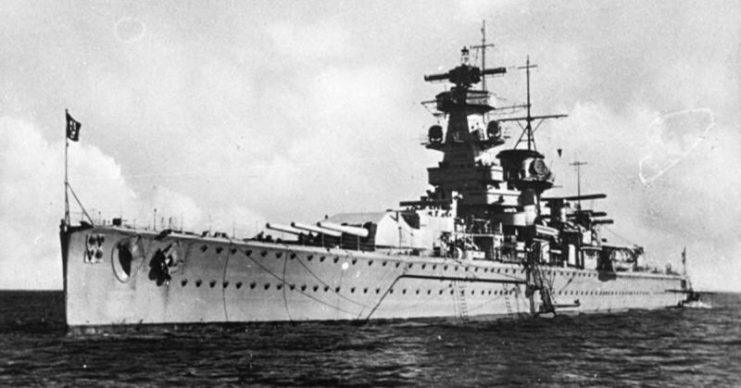
Captain Hans Langsdorff decided to scuttle this powerful and indefatigable battleship in the mouth of the River Plate off the coast of Uruguay rather than face his pursuers. He was an officer of honor who did not want to put the lives of his men at any more risk than necessary.
The Admiral Graf Spee represented Germany in the Coronation Naval Review
Around 450 ships from all over the world took part in King George VI’s Coronation Naval Review in May 1937. It was an international fleet parade of gargantuan proportion in the Solent off Spithead in the UK. The maneuvers were precisely prearranged and involved the cream of the world’s navies.
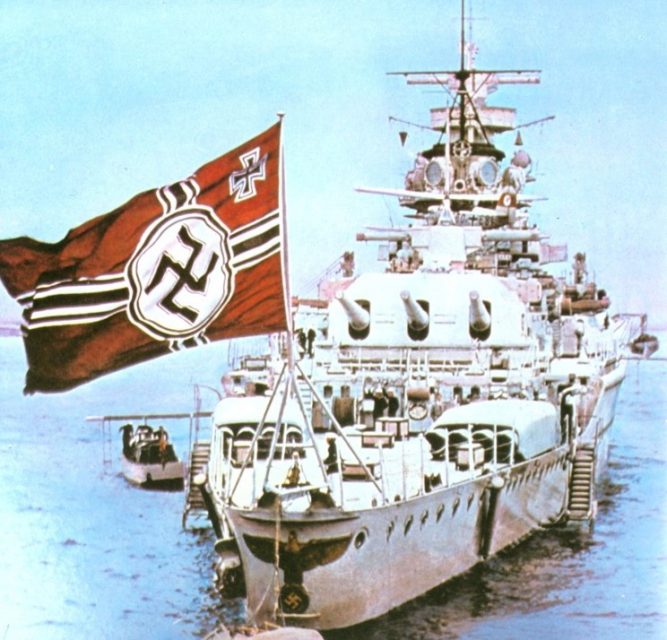
Germany sent its flagship the Admiral Graf Spee to represent the country. She was one of three new Deutschland-class battleships or Panzershiffe, as the Germans called them. Between the Giorgios Averoff from Greece and the Marat from the Soviet Union, she made the other ships look archaic with her sleek, ultra-modern design and superior guns.
The British mocked “the pocket battleship” as they preferred to call her because the Admiral Graf Spee only had one-third of the displacement of a conventional battleship. Moreover, the vessel was considered relatively small at 186 meters (203 yards) long and 21 meters (22 yards) wide.
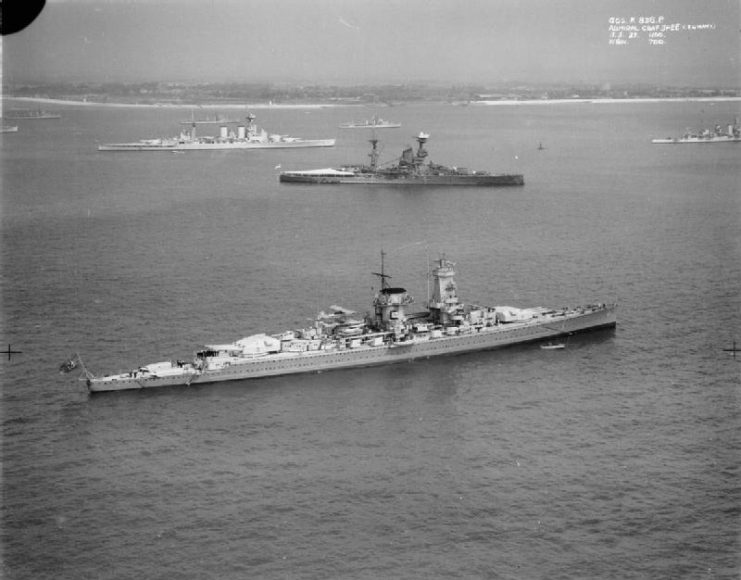
The ship was specially designed as a subterfuge to circumvent the provisions of the Treaty of Versailles which prohibited Germany from constructing larger warships.
https://youtu.be/dt5xdqwmMsw
The Deutschland-class armored ship was developed with much stronger armor plating and larger caliber guns while at the same time only displacing 15,000 tons as opposed to the 44,000 tons of a British battleship like the HMS Prince of Wales.
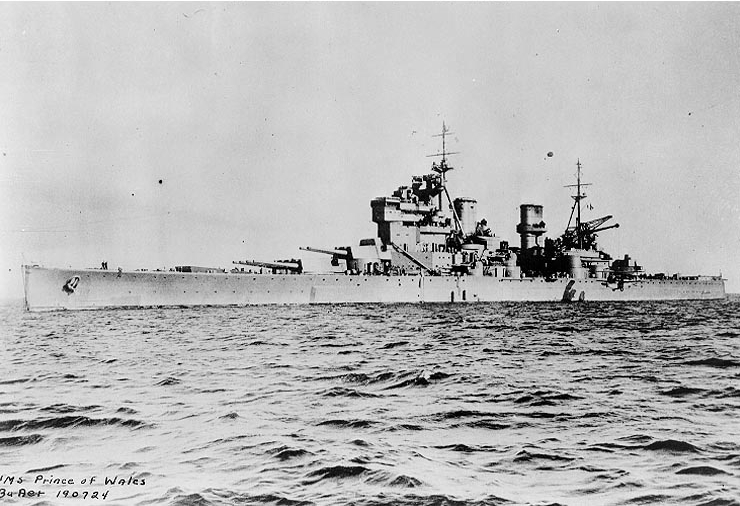
The English would swallow their contempt two years later when about 20 of their warships had to hunt down the Admiral Graf Spee across the Atlantic. When they finally caught up with her, what ensued was the first major naval battle of World War II off the coast of Uruguay in December 1939.
The aforementioned battle and the fate of the Admiral Graf Spee fed the myth of invincibility about this German “pocket battleship” for many years to come. She almost held her own against three British warships.
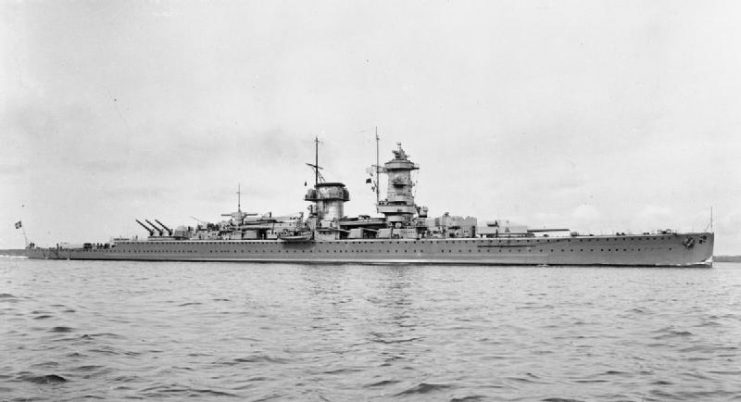
The reality was an extraordinary game of cat-and-mouse, a duel between two competent, charismatic, and unique captains.
Two officers of the old school
Captain Hans Langsdorff, commander of the Admiral Graf Spee, had both an ecclesiastical and legal family tradition rather than naval. Righteousness and Christian values were very important to him.
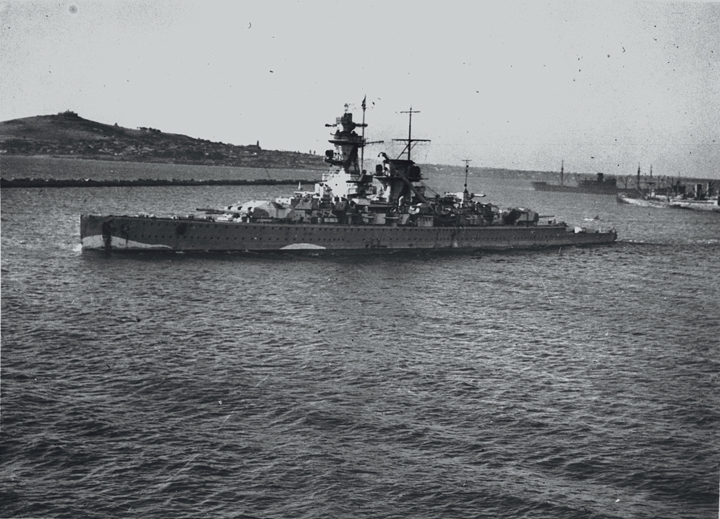
Immediately after graduation in 1912, Langsdorff left to join the Imperial Navy and soon excelled as a young officer in the First World War. He then obtained various naval commands and also became active in the Ministry of Defense of the Third Reich.
Commodore Henry Harwood, whose flagship during the pursuit of the Admiral Graf Spee was the light Leader-class cruiser HMS Ajax, joined the Royal Navy in 1902 at the age of 14. He completed the training with top marks in all subjects in which he was examined.
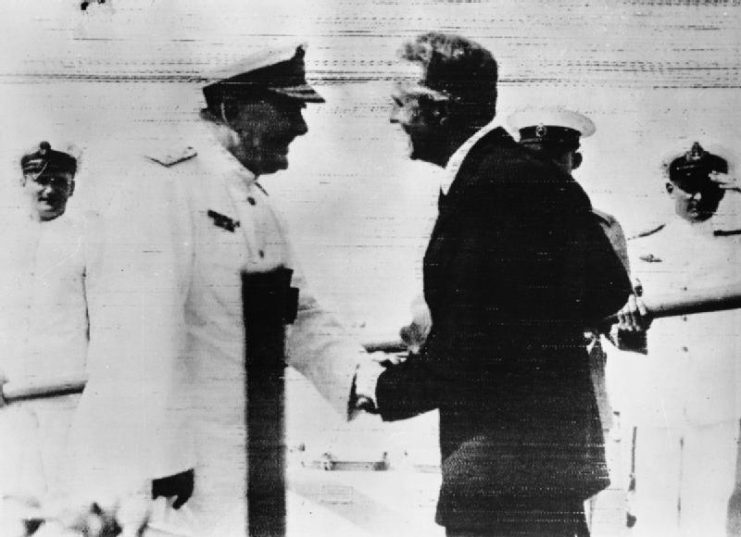
He also graduated from staff officer training with flying colors and became one of the Royal Navy’s leading strategists. His specialty was the waters off the coast of South America.
On August 21, 1939, the Admiral Graf Spee ran out of Wilhelmshaven bound for the South Atlantic. She had a complement of 1,134 sailors on board.
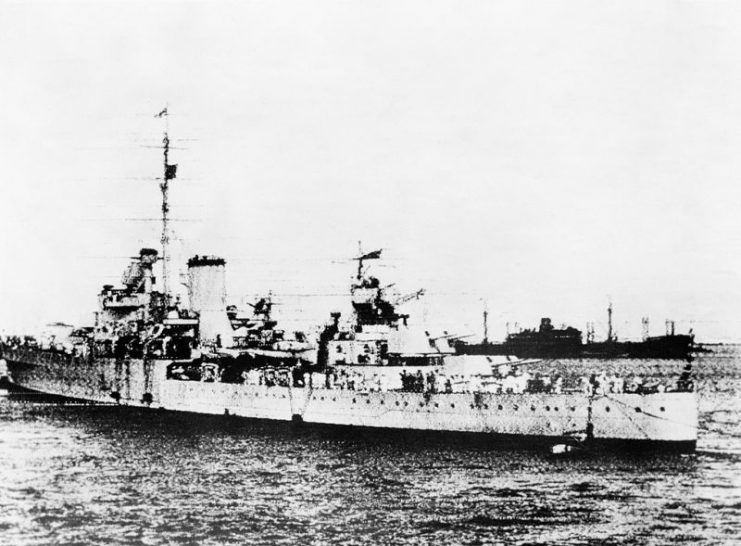
The Second World War had not yet started, but the Wehrmacht was already in a state of readiness. Poland would be attacked a few weeks later.
Captain Hans Langsdorff’s mission was simple: disturb international maritime trade and cause chaos as a surface raider. Three days after the attack on Poland, Britain declared war on Germany on September 3, 1939.
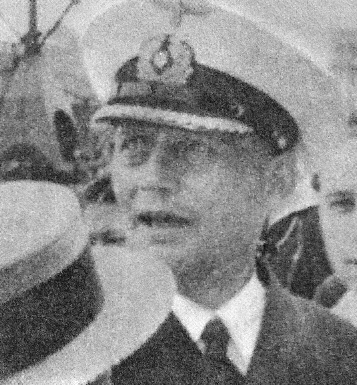
The Admiral Graf Spee was already in position and ready to disrupt British shipping coming from her overseas territories in the Far East.
A genuinely unique ship and unsurpassed in her time
Captain Langsdorff had been entrusted with one of the world’s most modern warships: the Admiral Graf Spee truly was an extraordinary ship. Built in Wilhelmshaven, she took part in her first missions during the Spanish Civil War from 1936 to 1937.
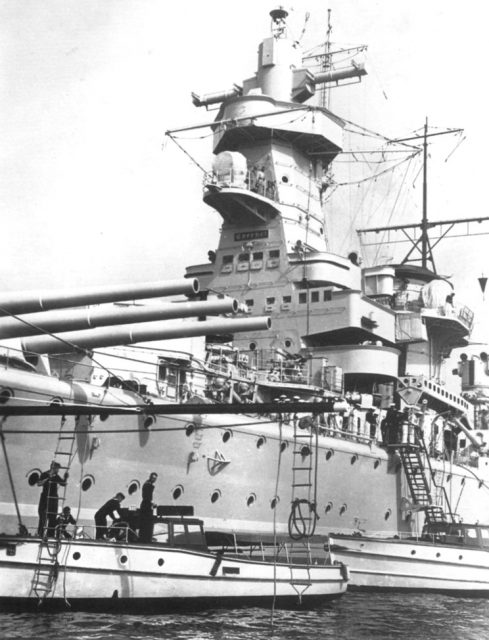
The warship cost 82 million Reichsmark and was unique in that it had eight diesel engines, allowing the vessel to travel distances of up to 8,900 nautical miles at a constant speed of 20 knots. However, the ship was capable of briefly reaching maximum speeds of about 28 knots.
The Admiral Graf Spee had six main guns with a caliber of 28 centimeters and was able to fire 300-kilogram shells at distances of up to 35 kilometers.
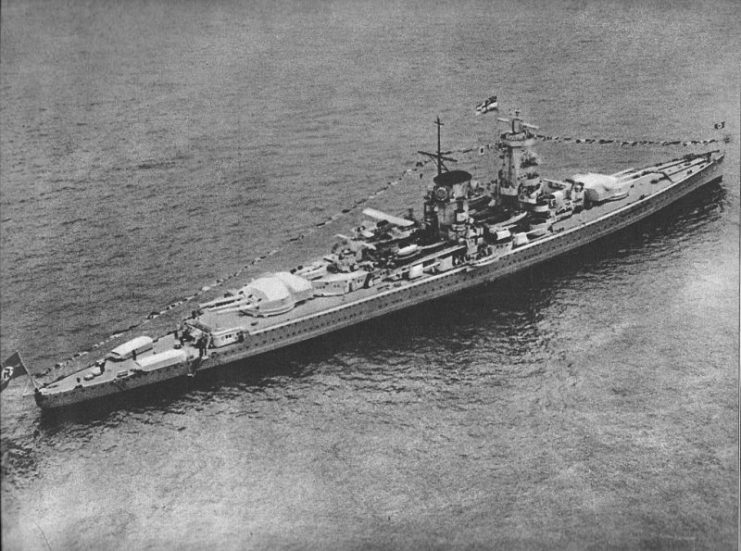
The medium-caliber artillery consisted of eight guns. There were also 24 anti-aircraft guns of different sizes and eight torpedo tubes.
In addition to the larger caliber artillery, the Admiral Graf Spee was equipped with a new gun turret. This ingenious development made it possible to reload the middle tube of the triple gun towers in any position.
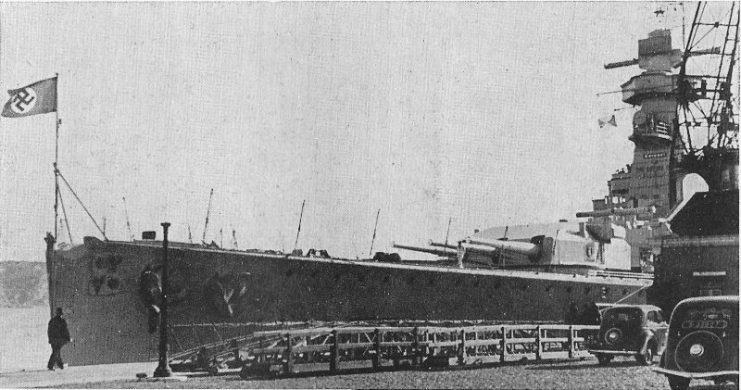
Before this improvement, the entire triple-gun tower had to be turned back to the “zero position” after each salvo for reloading. The technical innovation allowed for a much higher shooting frequency.
However, Captain Langsdorff did not need such weaponry at the initial stages of his deployment. His targets were defenseless merchant ships.
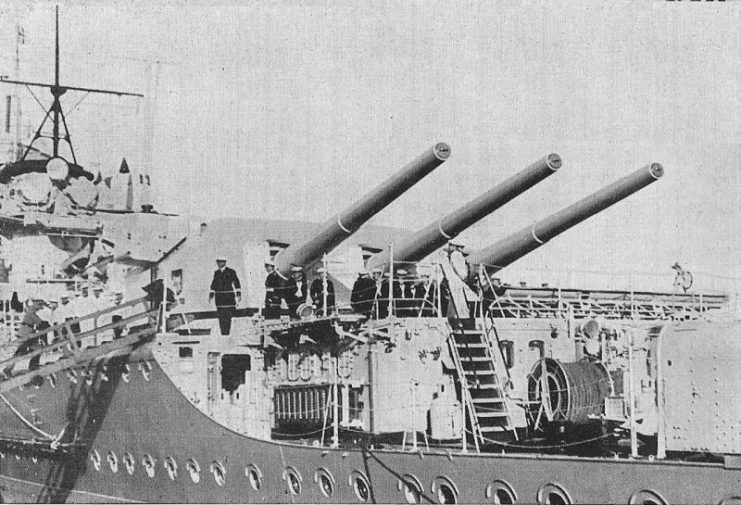
The Führer wanted the pocket battleship to cut off the British Isles from her overseas territories, ultimately starving England out of the war.
The strategy was simple. The Admiral Graf Spee harassed the merchant ships forcing them to surrender. Then the crews of the captured ships would board the surface raider as POWs. Finally, Captain Langsdoff would give the order for the sinking of the British and French merchant vessels.
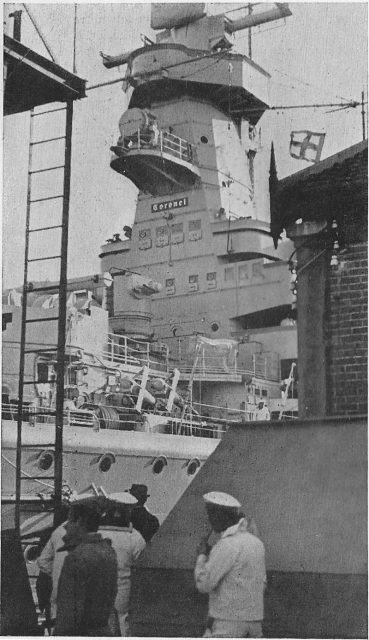
The first victim to fall prey to the Admiral Graf Spee was the Clement from Liverpool on September 30, 1939. She was captured about 140 kilometers (87 miles) off the Brazilian coast, traveling with 500 tons of mixed cargo from New York to Bahia.
This was the first time the British Admiralty learned of a German surface raider in the South-Atlantic. What confused them the most were the continuous reports coming from various positions in the Atlantic and beyond.
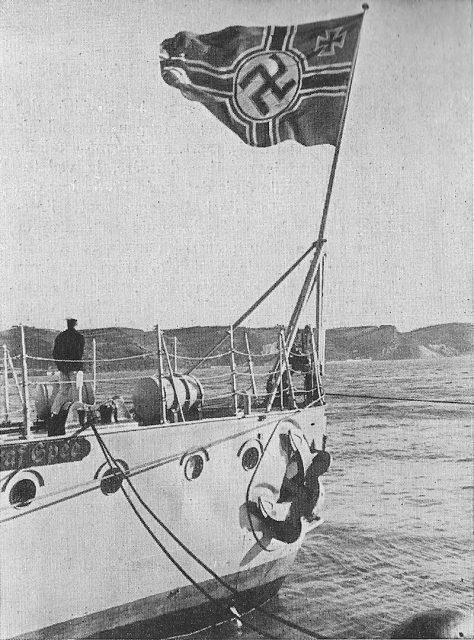
Further messages originating in the Indian Ocean, somewhere south of Madagascar, gave the Admiralty the impression that several ships were operating in the region.
But it was always only the Admiral Graf Spee, occasionally using gun and funnel mockups to alter the ship’s silhouette and give the impression that a sister ship also operated in the area.
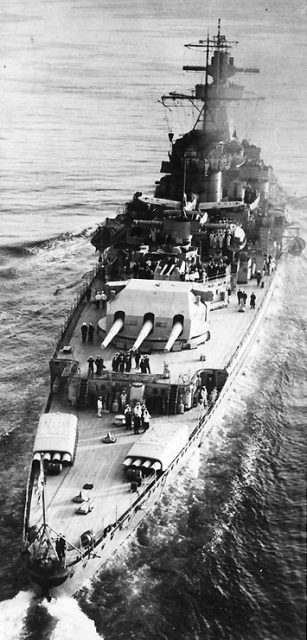
Chased by three British cruisers
Up until December 1939, the German battleship sank nine British merchant ships amounting to 50,089 gross registered tons without losing a single member of her crew. The safety of his men was paramount to Langsdorff. However, despite these great successes, Captain Langsdorff was not satisfied.
Before his return home to Germany, which was fast approaching, he wanted to defeat a British warship in open battle at least. Disobeying direct orders from Germany, he gave the command to sail for the South American coast. He did not expect to encounter any large enemy fleets in the area.
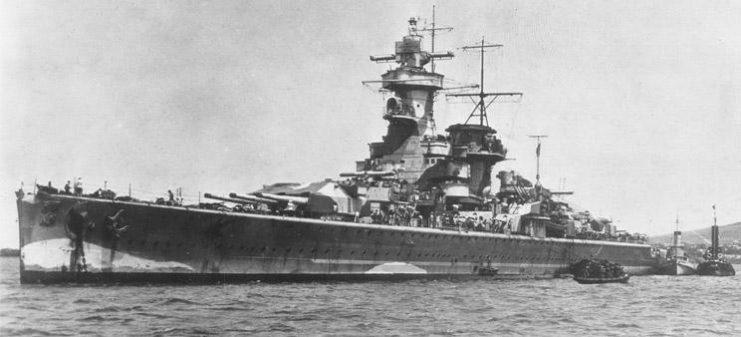
At first, it appeared that Langdorff was right not to worry. The commander of the British fleet, Commodore Henry Harwood onboard the HMS Ajax, was still puzzled about the precise whereabouts of the Admiral Graf Spee.
The English captain wanted nothing more than to catch the enemy ship and sink her, but he had no idea where to find her.
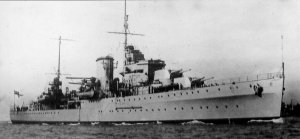
But he had a hunch. He predicted that she would be near the mouth of the Rio de la Plata because that was where most maritime trade routes in the Atlantic met. If the Germans were looking for new targets, Harwood was confident that it would be there where he would find his quarry.
He could not have been more spot on with his intuition.
In the early hours of December 13, 1939, the Admiral Graf Spee encountered the HMS Exeter, accompanied by the two light cruisers: HMS Achilles and HMS Ajax.
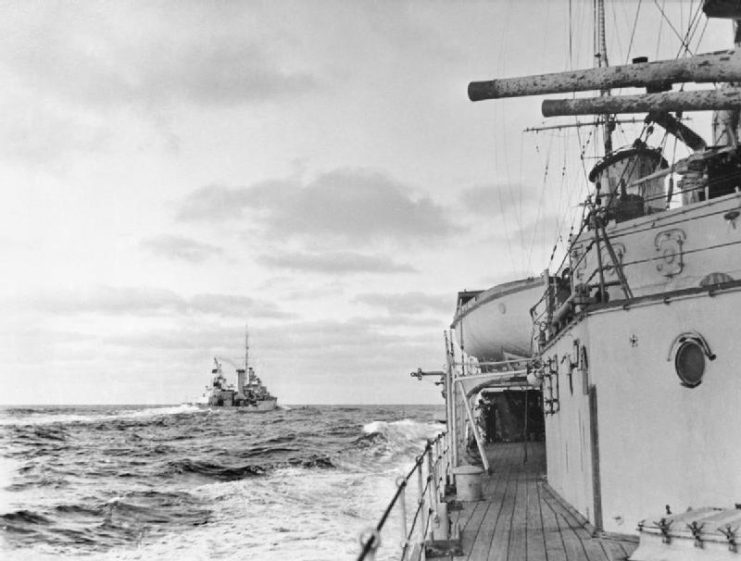
Commodore Harwood decided to take the fight to his German opponent and split his force in two, attacking the German from two sides. The English captain’s aim was to give Prime Minister Winston Churchill his first victory against Hitler.
Captain Langsdorff, not able to bring his superior firepower to bear, was forced to decide on a first target. He attacked one of the smaller ships but at the same time received heavy bombardment from the British.
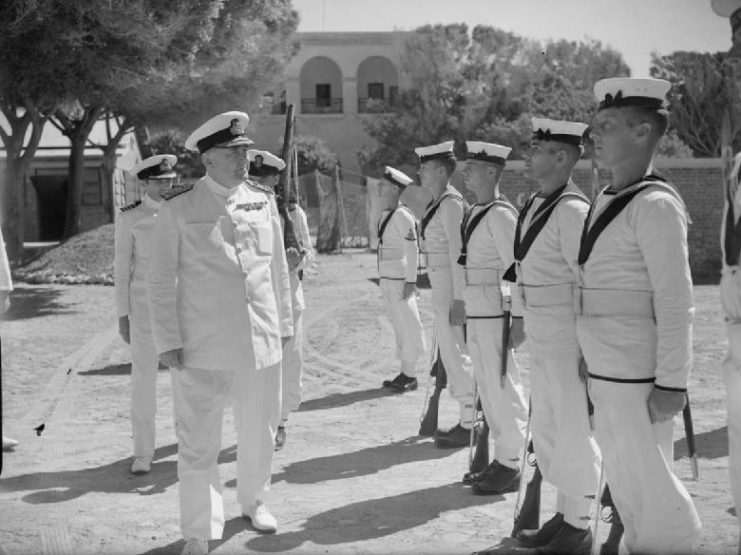
By the time the conflict came to an end, the British had a total of 62 men dead and the Germans 36 men. However, Harwood had achieved his goal — the Admiral Graf Spee was significantly damaged, hit 72 times by British shells.
Captain Langsdorff was forced to seek refuge in the neutral port of Montevideo to conduct repairs on his ship. He knew that he only had 72 hours before he had to give the order to sail lest his ship was interned in Uruguay for the rest of the war as the articles of the Hague Convention dictated.
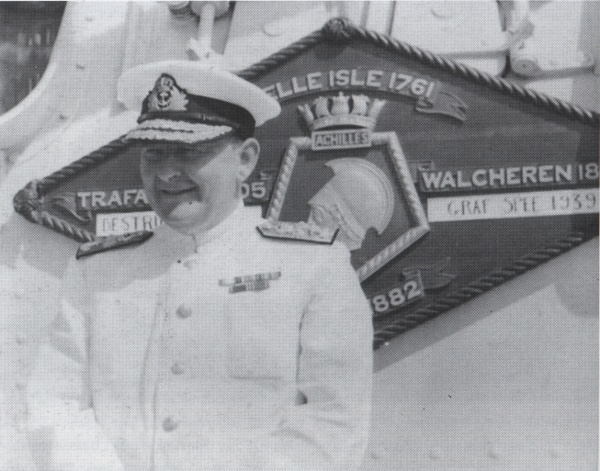
Commodore Harwood’s fleet lurked on the horizon like a pack of jackals
The following days passed by with diplomatic wrangling between the British and the Germans, with both countries talking to officials from Uruguay.
The British filled the airwaves with false information claiming that the Ark Royal aircraft carrier and the battlecruiser HMS Renown were on their way. In reality, the rest of the British fleet was still 2,000 nautical miles away.
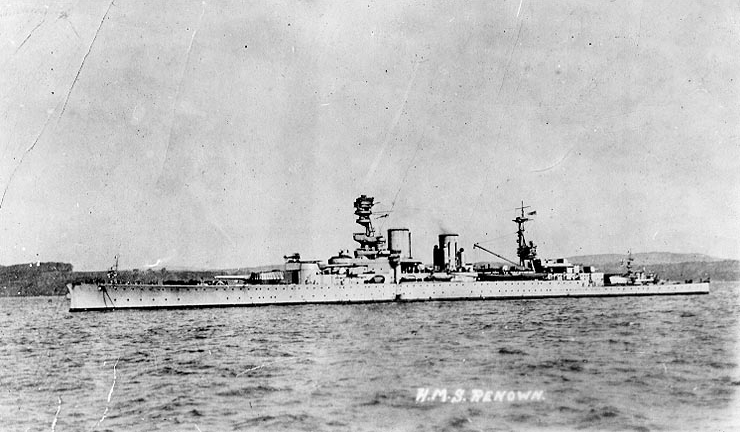
Finally, Langsdorff ended the war of nerves and left the safety of Montevideo on the evening of December 17, 1939. His damaged ship seemingly limped out of the harbor to face the British. For the thousands of onlookers in Montevideo, it appeared that Langsdorff was sailing himself and his men straight into Davy Jones’ Locker.
But it did not come to a fight. Langsdorff let his crew disembark at the entrance to the harbor before blowing up his ship shortly after that.
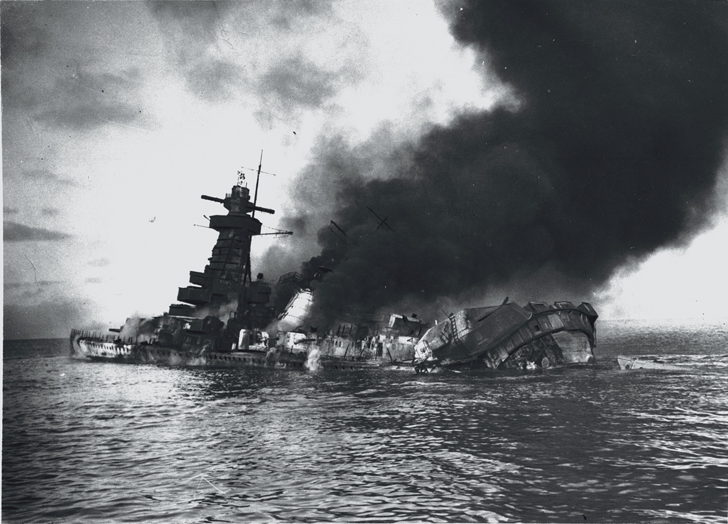
The once proud Admiral Graf Spee instantly morphed into a fireball and gradually sank below the surface of the Atlantic Ocean.
Unlike the namesake of his onetime vessel, Langsdorff was unwilling to sacrifice his crew for his mistake. In a heartbeat, the honorable captain delivered Adolf Hitler the first defeat of the Second World War.
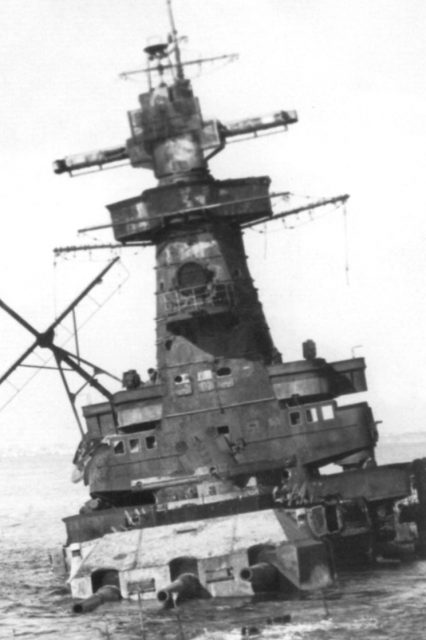
Both captains shared different fates in the aftermath of the sinking of one of the war’s most celebrated ships.
Commodore Harwood returned home victorious, while his opponent took his own life three days after the scuttling of his ship.
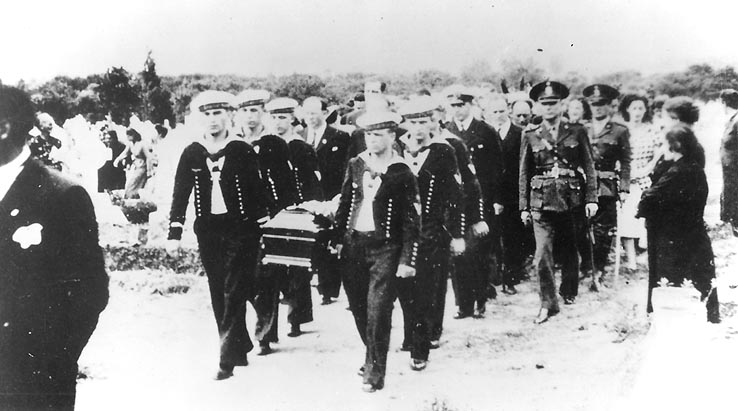
Read another story from us: Did Nazi Germany Ever Stand a Chance of Winning WW2?
According to Langsdorff’s farewell letter, he was satisfied with what life had given him; he just could not allow for his crew, consisting mainly of young men, to pay for his mistakes.
Ultimately, Captain Hans Langsdorff went to his death with the firm belief that a naval captain’s place was with his ship.
